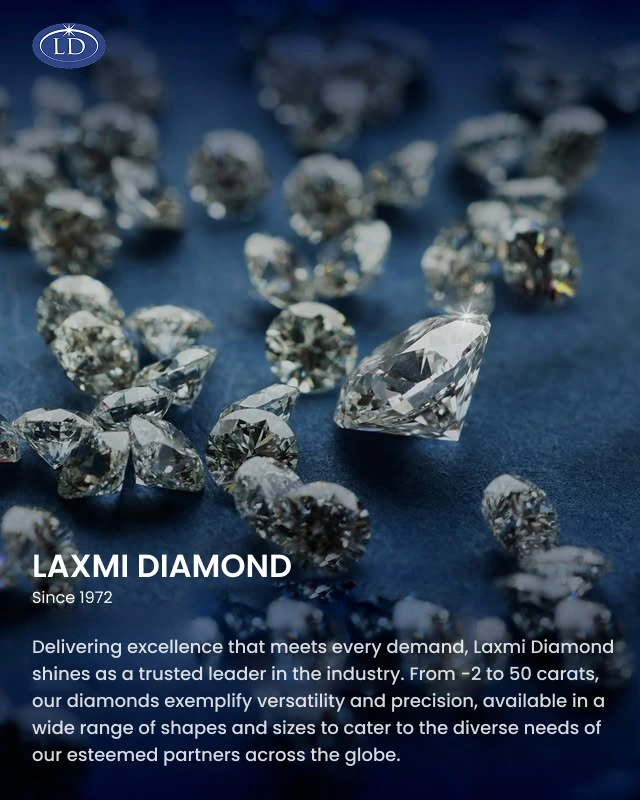
The first sight of rare diamonds in India dates back to 3000 years in history, and yet, these gemstones continue to spark amazement. Similar to its nature, a diamond’s position in the gemstone world is indestructible. People tend to choose and buy diamonds based on their sparkle and shine. While the cut, colour, clarity, and carat play an essential role in assessing and rating diamonds, those aren’t the only attributes that help evaluate this precious gemstone. Fire, Brilliance and Scintillation are three lesser-known attributes of diamonds. They contribute significantly to a diamond’s appearance.

The attribute of brilliance is the foundation of a diamond’s beauty. The jewellery industry refers to a diamond’s brightness more commonly as ‘brilliance’. All the effects of external and internal reflections of white light emitted from the stone collectively form its brilliance. The two main components of brilliance are brightness and contrast. The reflection of light comes into play here, depending on the diamond’s cut. Deep or shallow-cut diamonds have fewer facets and do not allow excellent reflection of light. As a result, they are not as bright. In comparison, brilliant-cut diamonds can return a fair amount of light perfectly and shine brighter with more brilliance. While other gemstones disperse white light to a certain extent, none of those match with a diamond’s ability to do so and hence, diamonds are the brightest gemstones that humankind knows of.

Adding to a diamond’s sparkle is the fire attribute. It is the rainbow-like effect produced due to the dispersion of light that causes the diamond’s facets to scatter spectral colours in every direction. Diamond fire evokes an eye-pleasing visual, similar to the fireworks in a night sky. It is the reason one sees colours such as blue, orange, red and purple on their diamonds. These effects are more noticeable in darker settings with less light sources.

The diamond’s crown height and the size and angle of its’ facets significantly influence a diamond’s fire. Observations by the experts at Laxmi Diamond suggest that diamonds with crown angles, sharp pavilion depth, tablet facet and girdle produce more fire. Such combinations produce less light return and restrict the bright white sparkles from covering the fiery flashes.
Scintillation includes both brilliance and fire. The intense sparkles visible on the surface of a diamond form its scintillation. It is clearly noticeable when a diamond moves. Scintillation combines the number and arrangement of light reflections from a diamond’s internal facets. The GIA guidelines further divide scintillation into sparkle and pattern. Sparkle refers to the reflections seen in the flashing spots of light, and the pattern consists of an arrangement of contrasting bright and dark areas. A diamond’s scintillation is maximised in Step cuts such as emeralds and asschers. Brilliant cuts are also known to have a high degree of scintillation.

All three of these attributes are among the seven components assessed by the Gemological Institute of America to determine a diamond cut’s quality. The basis of GIA’s universally accepted International Grading System is a diamond’s cut. It largely affects the fire, brilliance and scintillation attributes. A diamond’s facets should be placed and angled accordingly to maximise the amount of light reflected from the crown. It essentially leads to more brilliance, fire and scintillation in the stone. “Every diamond has the ability to shine when there is someone to recognise its good facets and inhibit its flaws.” – Wes Fesler.








